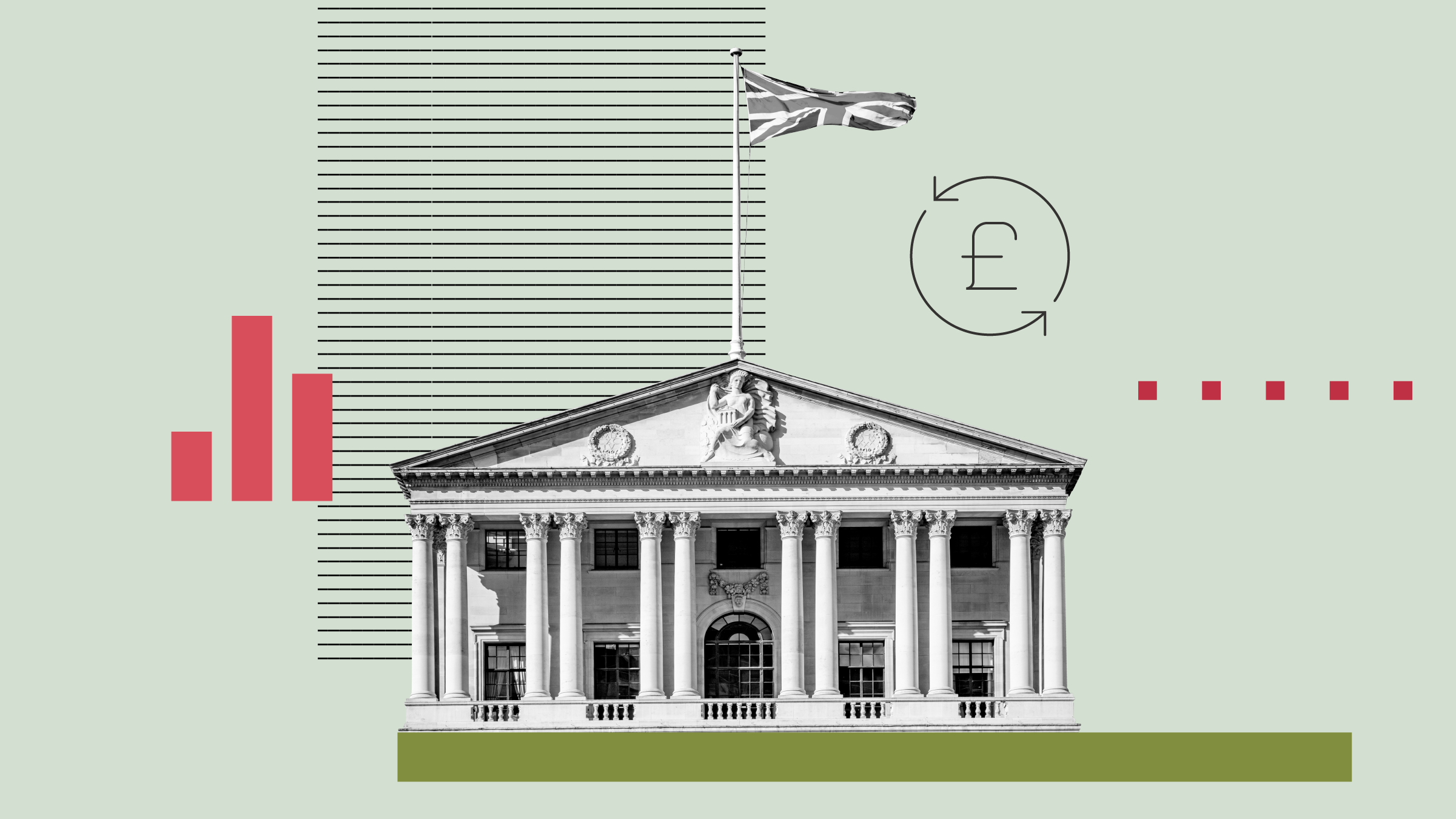
The rate of UK inflation came in slightly below forecasts for December, providing some relief to an embattled chancellor and teeing up the Bank of England to cut rates at its first meeting of the year in February.
According to the Office for National Statistics, the Consumer Price Index rose 2.5% in December from the same month in 2023, a dip from the 2.6% rate seen in November. This was also below FactSet consensus forecasts for a 2.7% rise last month.
Weighing on the inflation rate in December were easing price rises for restaurant food, clothing, and footwear, the ONS said. Hotel room prices fell last month on the previous year, it added.
Core inflation, which strips out volatile food, energy, and alcohol inputs, also rose by less than expected. The measure rose 3.2% on the year, below forecasts, and down from 3.5% in November.
The data release comes during a turbulent period for the UK chancellor, Rachel Reeves, in which gilt yields have spiked and the pound has fallen. Various factors have combined to push up the government cost of borrowing, including fears of an inflationary return in the UK. After the data release, UK government bond yields dipped across all maturities.
UK Stagflation—Contained, for Now
Michael Field, European equity strategist at Morningstar, said of today’s figures:
“UK inflation came in slightly lower than expected, at 2.5%, in December, a 10-basis-point fall from November’s reading. Although the difference may be marginal, the direction of travel will certainly ease some market fears over the prospect of stagflation, with inflation now moving back toward the Bank of England’s targeted 2% level.”
Financial market bets on the Bank of England’s interest-rate trajectory this year have been volatile in recent months. Current expectations are for one cut, in February, a scaled-back forecast because of fears of inflation’s return.
The bank’s economists predicted that CPI, having hit target in 2024, would rise again, peaking at around 2.75% before falling back again.
“CPI inflation is expected to increase to around 2.75% by the second half of 2025 as weakness in energy prices falls out of the annual comparison, revealing more clearly the continuing persistence of domestic inflationary pressures,” the bank said in a statement in November 2024, which accompanied a rate cut decision.
Zara Nokes, global market analyst at J.P. Morgan Asset Management, noted the downside surprise in the ONS data but cautioned against too much complacency:
“We are not out of the woods yet, however, and the inflation dynamics could prove challenging this year. Inflation was already anticipated to accelerate in 2025 due to unfavorable base effects, but the policies announced in the October budget have added fuel to the fire.”
What Does the Data Mean for Interest Rates?
After this data release, the market’s attention now moves to the first Bank of England meeting of 2025 on Feb. 6. It’s the last inflation print before the monetary policy committee gathers again next month.
Joaquin Thul, economist at EFG Asset Management, argues that today’s data tees up the bank to cut, as expected, next month from 4.75% to 4.5%. This follows two interest-rate cuts in 2024, in August and November.
“The deceleration in inflation, which still remains above the BOE 2% target, is likely to be taken by MPC members as a sign that the restrictive monetary policy stance is helping to bring inflation closer to the target. As such, it will give MPC members enough evidence to cut rates by 25 bps at their next meeting in February.”
Market pricing of one/two cuts in 2025 is still far too conservative, says Tomasz Wieladek, chief European economist at T. Rowe Price.
“These data challenge the idea that the MPC will only cut less than twice this year, as market pricing suggests. Four to five cuts are more likely,” he says.
“Headline inflation will be dominated by energy base effects for now, but today’s decline in services shows underlying inflation is also finally declining. It remains to be seen if this pace of underlying disinflation can be maintained, but overall, the data today are a clear green light for another series of cuts.”
We’ve looked at this divergence of opinion on the future path of interest rates in a recent piece, How Much Will the Bank of England Cut Interest Rates in 2025?
The author or authors do not own shares in any securities mentioned in this article. Find out about Morningstar's editorial policies.























